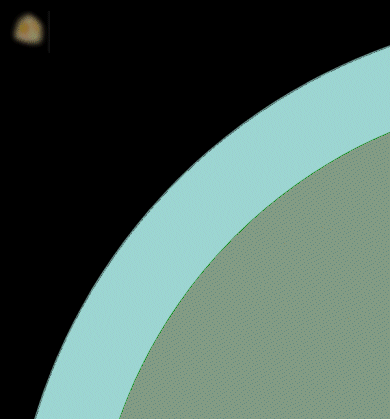
Over the course of history many asteroids and comets have struck the Earth. These have ranged from tiny dust sized particles to so-called "extinction meteorites" such as the one that is theorised to have caused the extinction of the dinosaurs 65 million years ago. The majority of smaller meteors burn up in the Earth's atmosphere but the larger ones can leave huge craters in the surface of the planet.
